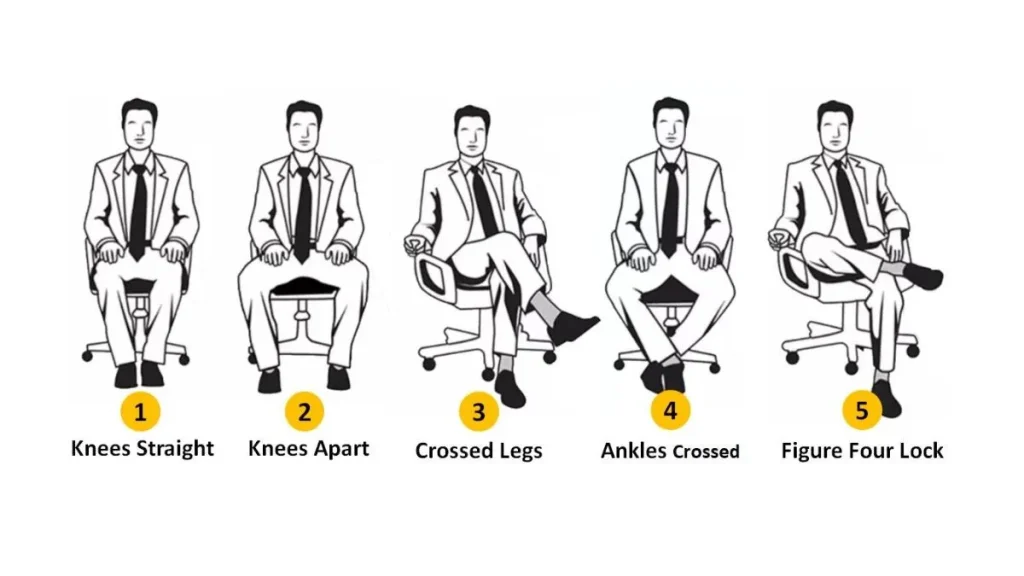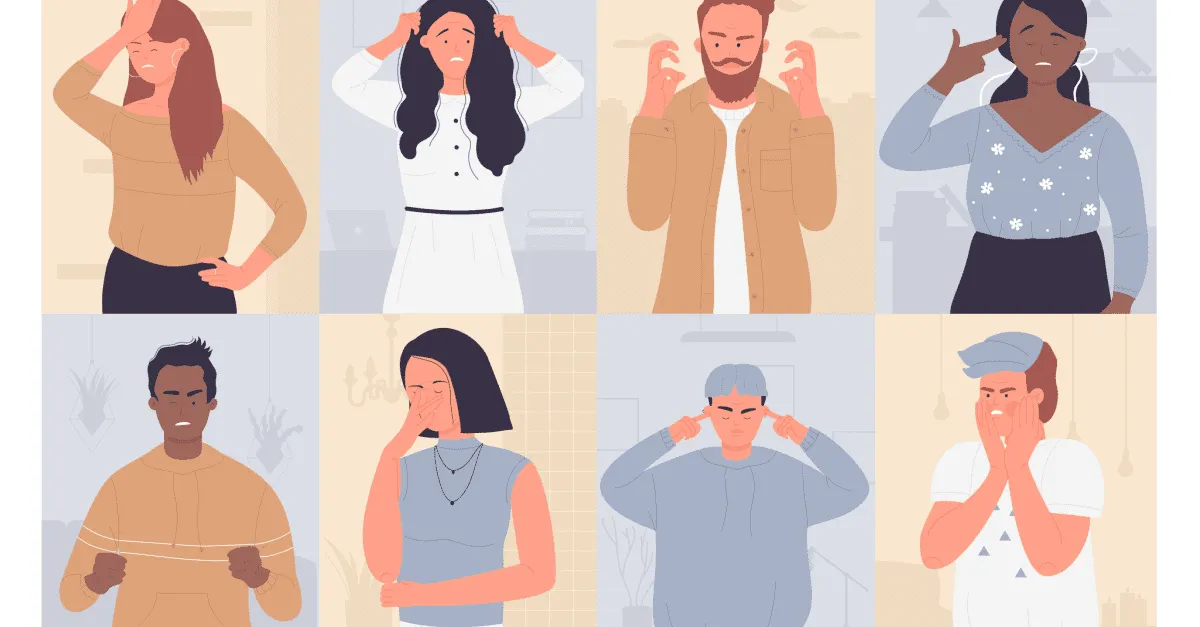Non-verbal communication is a type of communication that involves no use of words. It encompasses such items as facial cues, movements of the body, gestures, eye contacts and how we articulate words and many other slight things in body motion that communicate what one wants to. Usually, this kind of communication accompanies the speech, supporting or even disproving what is being communicated.
However, this is not only limited to words as verbal communication expresses literal meanings but non-verbal codes express emotions, feelings, attitudes and subtleties. This type of communication is potent because peoples’ emotions are displayed instantly and sometimes even without the conscious effort to do so.
The Relevance of Non-Verbal Communication in Daily Activities
Non-verbal communication is present in every aspect of life. People’s behavior determines their judgment from the interaction with them from the job interview stage to informal chats. It could be a strong handshake that proves to tell a person’s genuine confidence or an individual sitting in a slouched posture that would indicate embarrassment, these nonverbal cues are important as they deal with interpersonal relationships.
In the workplace, good non-verbal communication helps one interact with the coworkers positively, gain clients’ confidence and show even leadership to subordinates. In cases of communicating with other people, non-verbal aspects assist in creating greater bonds and understanding emotions.
Top 10 Non-Verbal Communication Skills You Need to Master
Eye contact
Eye contact is necessary to achieve successful communication. It implies attention, participation, and trustworthiness. Still, there is a need for moderation since too little eye contact may denote uninterested Ness, while too much can be scary.
Body Language and Posture
Your posture reflects your confidence and openness. Standing up tall and keeping your back straight alert shows confidence and readiness, however, slumping may suggest some languor or low self-esteem.
Likewise, open body position without crossed arms and legs displays acceptance, however, leant forward body position is an indicator of resistance.

Gestures
Hand motions and gestures serve as the power behind and the energy during the dialogue, the action itself and sometimes do the speaking rather than just accompany the jargon. But applying gestures too often or expressing themselves inappropriately tend to disturb or even baffle the audience.
Facial Expressions
Facial expressions communicate emotions to some extent and in some cases significantly. A grin indicates growth, while a frown suggests worry or puzzlement. Clever use of facial expressions helps to let feelings out, one does not have to utter a word, yet the feeling of the person is in concordance with the words spoken.
Space and Proxemics
Once there is an interaction, the following distance uses may connote various meanings such as affection, prejudice or the level of comfort. For instance, in a corporate context, if the employees are sitting too close, it can come off as aggressive but if they are too far, it may come off as a disinterest.
By knowing about proxemics, one will understand about maintaining space appropriate to the context which is not offended and acceptable.
Vocal Tone and Paralanguage
The underlying features of language—including its tone, stress, speed, etc.— are known as paralanguage and are able to change and influence the sense of the uttered words. When the speed of speech is too high, a person may come across as jittery or nervous.
Outwardly quiet speaking too slowly brings about confidence control, whereas faster change creates anxiety in an audience. Gaining control over how one uses vocal tone in emphasizing key points is of benefit when creatively putting together rather ordinary communications.
Touch and Haptics
Touch is one form of nonverbal communication. It consists of some of the most powerful methods of communication through actions. A crisp handshake can signify self-assurance and ambition, while a simple stroke on one’s shoulders infers support.
However, the ways of handling, stroking and other body contacts are subject to cross cultural and personal variations hence there is need to load more consideration about the factor of touch as a means of communication.
Personal Appearance
How you look, including attire, shack, and the general physical demeanor, projects the image of how professional you are, how detail-oriented you are, and your rank. When you present yourself neatly, it boosts confidence and respect for you but appearing unkempt will take away all the positive perception others have about you.
Handshakes and Touch
In many professional contexts, the handshake serves to introduce oneself. When someone extends their arm towards you and offers hand, their grip is steady, and they shake it firmly. This shows confidence, but when the grip is weak, it portrays hesitation.
Knowing what touch means in certain cultures and the implications that touch has in different settings can help you significantly widen your interface with people.

Use of Silence
Silence is a non-verbal communication tool that is underestimated and often neglected. Sorenson claims that in the course of conversations brief pauses do help the other party to overcome the effect of a given piece of information, enable the audience to build up curiosity, or allow a speaker to sound contemplative.
It is appropriate to note that agreements, thoughts, or respect can all be inferred from silence, but it’s all about the situations.
How To Interpret Non-verbal Communications in Different Contexts
In the Workplace
It is important to note that even outside verbal exchanges, there are messages that one has to read in each body motion, which is applicable in the workplace every day. Nonverbal interaction enhances efficient communication with co-workers and clients.
Reading how peers are feeling and whether they would welcome you using their body language and tone and facial expressions is important. This is particularly useful in negotiation or performance appraisal processes where body language reading skills can be beneficial.
During Interviews
In job interviews, non-verbal communication is extremely important. Your body language, eye contact and facial expressions all help employers to evaluate such aspects as your confidence, engagement, and professionalism.
For the candidates, it is also wise to see how the interviewer reacts and use that information to modify your behavior.
In Social Interactions
In society, non-verbal communication gives us an insight into other people’s feelings, whether they’re engaged in the conversation we have or whether they feel out of place. Being aware of these subtle cues, people can make mistakes in personal relations, people can harmonize relationships instead.
Every Culture and Individual has its way of using Non-verbal Communication
Non-verbal communication is not the same for everyone. Different geographies will radically change the interpretation of gestures, touch, personal space, and even visual contact – however trivial that may be. For instance, some cultures embrace eyeball and consider it confidence while others feel it shows lack of respect.
Knowing cultural and individual differences is helpful in preventing communication gaps and more importantly making one’s message convincing and effective.
Non-Verbal Communication in the Workplace
How is Non-Verbal Communication Used to Leave a Positive Impression?
Communication consists of spoken and non-spoken elements. In a professional setting, how you are communicated with is essential, especially how you interpret things. Maintaining a good stance (posture), eye contact, and not overstretching the use of expressiveness are positive non-verbal cues that denoting a level of competence and decorum.
When interacting with someone for the first time, it is vital that your outward non-verbal umpires as per the verbal cues presented.
Creating Bonds with Co-workers Using Non-Verbal Cues
Creating strong professional bonds with coworkers entails non-verbal communication techniques. With regard to trust and collaboration, people’s open stance, head nods and smiles can be very helpful.
You may also be able to establish rapport with your colleagues by matching their voice tone or posture which is known as mirroring since they will be comfortable in your presence.

Ways to Develop Non-Verbal Communication Skills
Cultivating Emotional Quotient
Non-verbal communication is undeniably influenced by the emotions of the parties involved, either positively or negatively. If you know how you are feeling and how such feelings can be related to discharges through the body (such as having tight muscles or altered expressions), you become better at managing the impressions other people form of you. Also, emotional intelligence helps one in reading others’ non-verbal signals better.
Stress Management Under Pressure
Stress affects the non-verbal aspect of the communication process where one may come across as anxious or aloof. Reassurance techniques like deep breathing, practicing mindfulness, and grounding are sanguine measures which can prepare your mind and body to behave with certainty and equipoise.
Engagement and active listening
Active listening is not just about listening to the words that are used in a particular sentence. It also involves reading body language and posture as well as other non-verbal elements. If active listening is given a full chance, one can be more communicative by placing themself higher on the scale of engagement.
Common Mistakes of Non-Verbal Communication
One common misconception is the skew of verbal and non-verbal communications, say in response to a question, one action is performed and then the related statement is made adding to it but there is no correlation between the two. Taking the example, if I say I am self-assured while fidgeting or avoiding eye contact then that statement is contradictory.
Another trap of inaccuracy is degenerate development, which is the over-dependence on one type of non-verbal communication such as gestures out of the entire context. Last but not the least it also applies via signs to the audience as one gesture may be very affirmative in one audience while in another it may turn out to be very insulting.
Perfection of Non-verbal Communication
Integrating non-verbal communication in your interpersonal interactions is definitely a skill set that you will work on for the rest of your life. There is an emotional aspect to these skills and therefore requires practice and commitment to gain.
Improving these skills will increase your everyday interactions, prevent problems that arise from wrong interpretations or reactions of other people, and enrich your experiences in a healthy way. Learning these skills will give you more freedom to be yourself and build relationships with other people.
Conclusion
Although people may not articulate it, every ability that is developed is for either verbal or non-verbal communication, which people do in day-to-day activity. Therefore, if you want to build healthy and constructive relationships – both professional and personal – learn the basic principles of affecting people without words.
This is particularly important when using pee-pooing techniques as well as noting verbal-silent discrepancies and relationship problems arising from them.
FAQs on Non-Verbal Communication
Q: What is the importance of non-verbal communication?
A: Non-verbal communication is important because it conveys emotions and intentions more effectively than words, often revealing deeper meanings in interactions.
Q: What are some common non-verbal communication practices?
A: To improve non-verbal communication, connect with your emotions, practice active listening, manage stress with techniques like breathing exercises, and use effective body language and appropriate facial expressions.
Q: What are some common mistakes people make during non-verbal communication?
A: Mistakes include inconsistencies between spoken words and body language, unintentional or inappropriate hand gestures, and insensitivity to cultural or social contexts.

Russell F. Jones, holding a Master in psychology from the University of Florida. He writes for Smart Parent Solutions, offering practical advice on parenting and child development. His engaging content helps parents navigate family life with confidence and ease. Russell enjoys sharing his knowledge and spending quality time with his family.
